Tool Review: T-Glide Advance Rip Fence (ATGP-FA)
This new fence adds an adjustable aluminum face and rollers to make moving easy.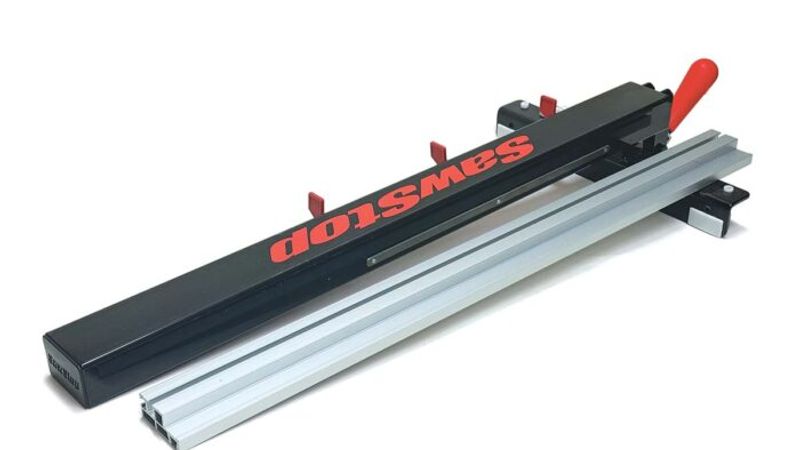
Years ago, I fell in love with the functionality of the Unifence on my old Delta Unisaw. Sadly, the Unifence stayed with the saw when I sold it. Still, I’ve missed having the functionality of the Unifence with its sliding aluminum face that can be positioned in various ways for different functions. My favorite configuration for this type of fence is being able to slide the face of the fence toward the rear of the saw to use the fence as a stop. In fact, in many parts of the world, fences with this functionality are mandatory.
While there are a few different aftermarket fences available today that function like the Unifence, I was excited when SawStop announced its T-Glide Advance Rip Fence. Installing it on Fine Woodworking’s SawStop PCS was a breeze. The new fence dropped right onto the stock fence rails, and it only took a couple of minutes to adjust the fence parallel to the blade and square to the table.
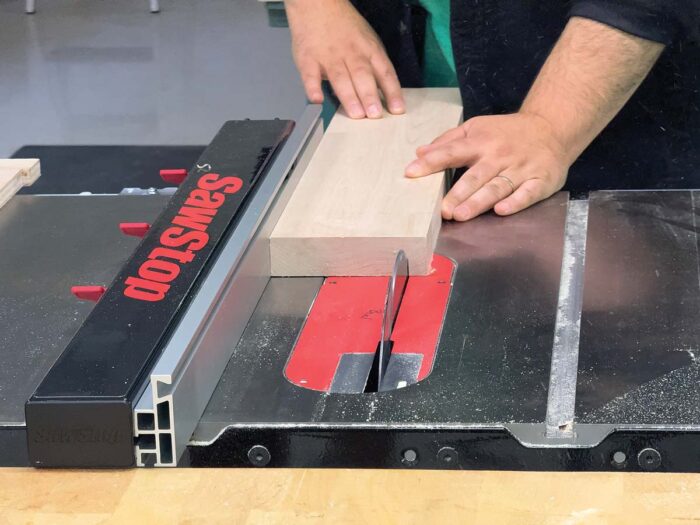 |
 |
| Ups and downs. The fence face is easily switched between its high and low orientations. There are dual-scale indicators, one for the high position and one for the low. The face can also be used as an L-fence. | |
The fence extrusion was straight, and the face has a dovetailed slot that accepts two included inserts for shop-made fence attachments. The right side of the fence features three-quarter-turn toggle screws that loosen and tighten the fence face with ease. Another feature that is easily overlooked but very welcome is the inclusion of rollers on the far end of the fence, making the T-Glide Advance Rip Fence move over the table like a dream.
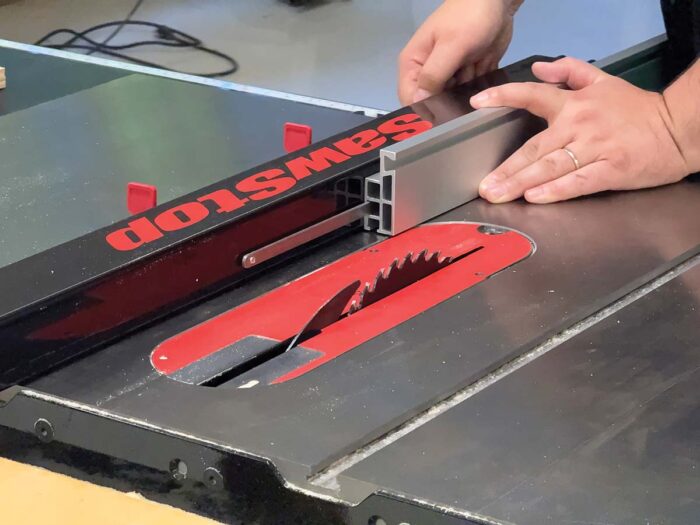 |
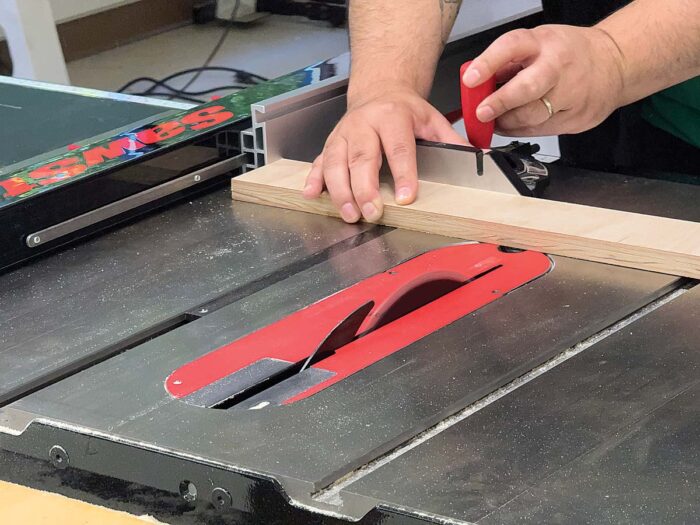 |
| Smart stop block. The face is adjusted with three cam locks on the right side of the fence tube. Loosen the locks and pull the fence back clear of the blade, and you can use it as a stop block when crosscutting with your miter gauge. The rip fence’s scale indicator will give you the correct reading for the crosscut. | |
However, there are two things that prospective users should be aware of—neither of them is a problem, more of a consideration. If you have any fence attachments that straddle your old fence, the toggles on the right side of the fence might interfere with them. Also, if you’re apt to use your fence on the left side of the blade, you should know that while you can swap the face to the other side, doing so is tedious, but this shouldn’t be a problem for the vast majority of woodworkers.
At the Fine Woodworking shop, we will likely rotate between the stock fence and the T-Glide. —Ben Strano, Tools and Materials editor


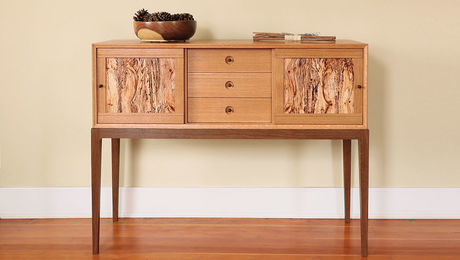
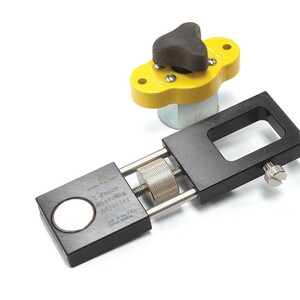
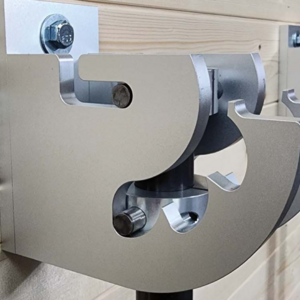
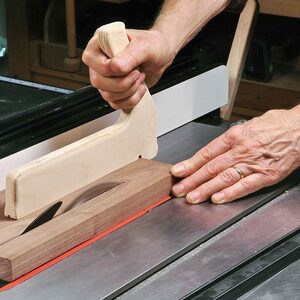
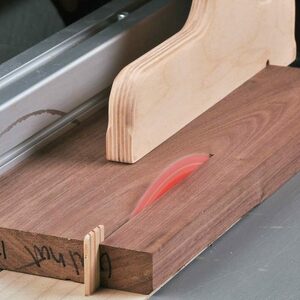






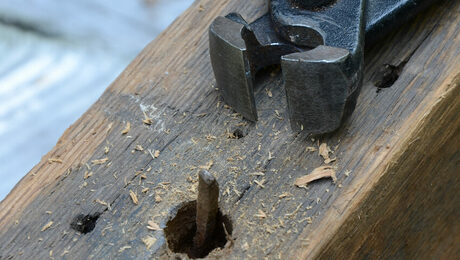



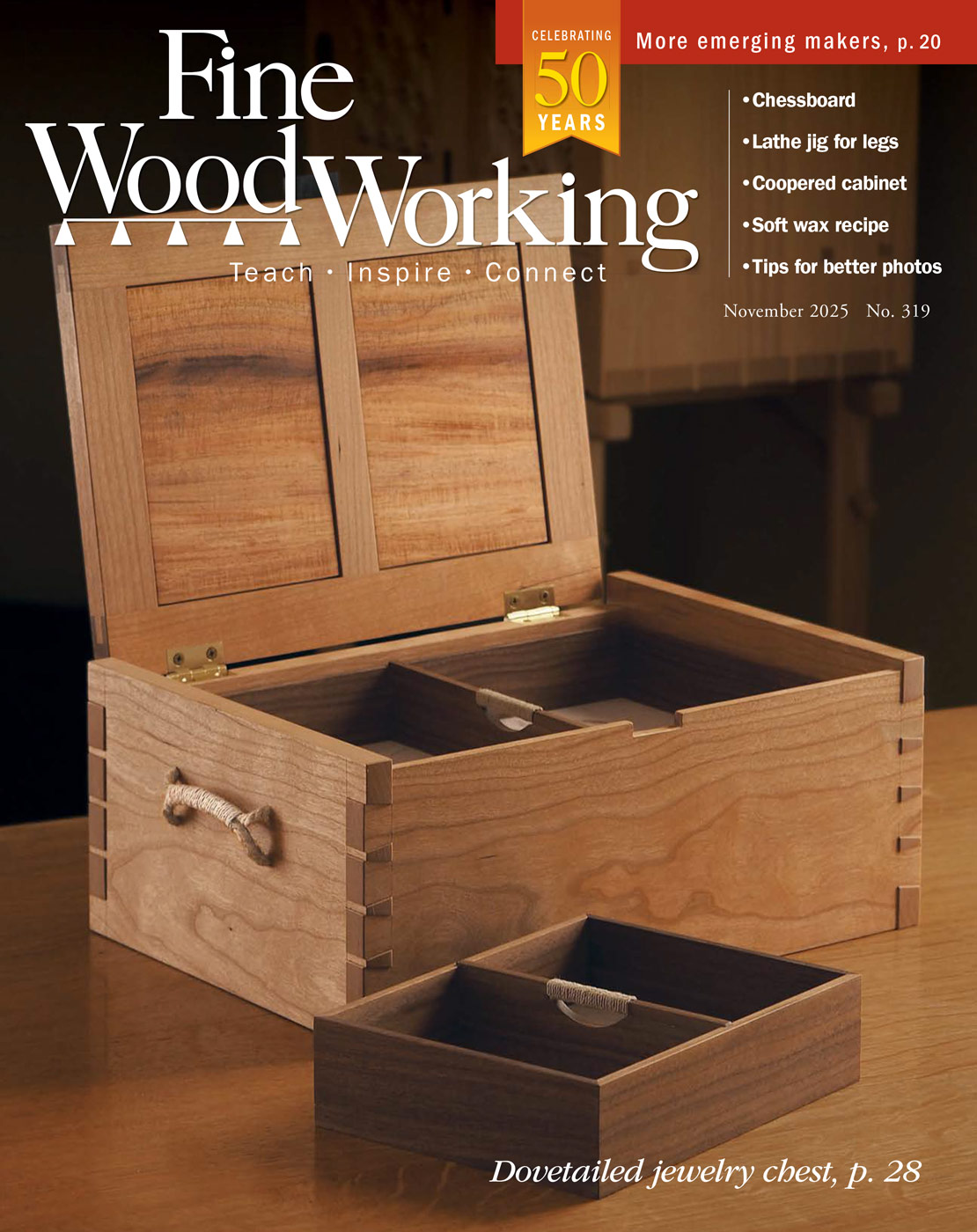

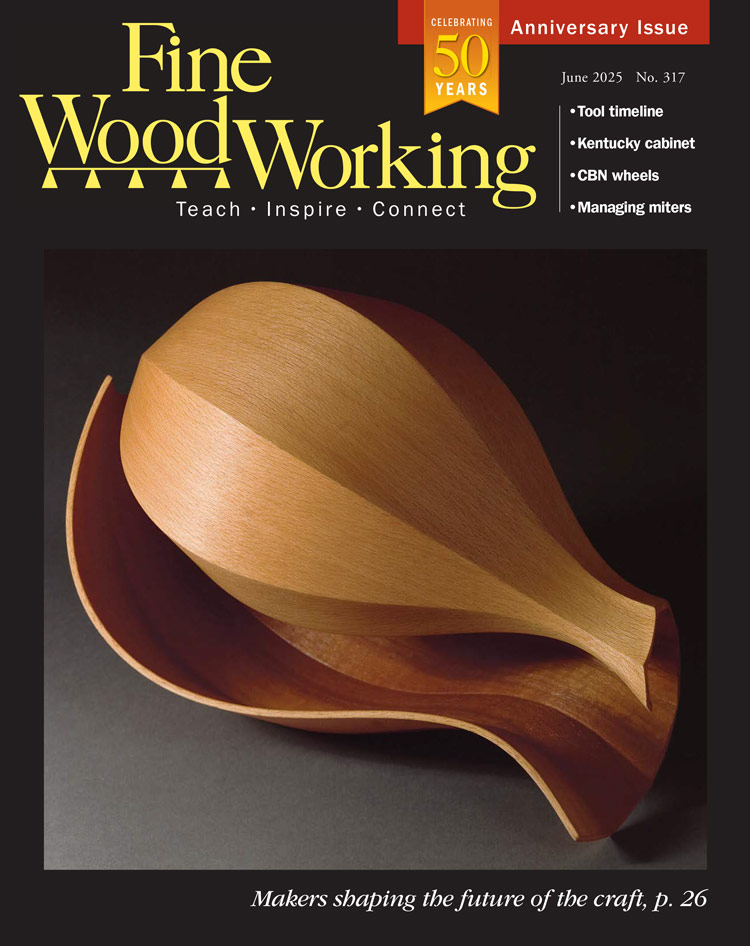
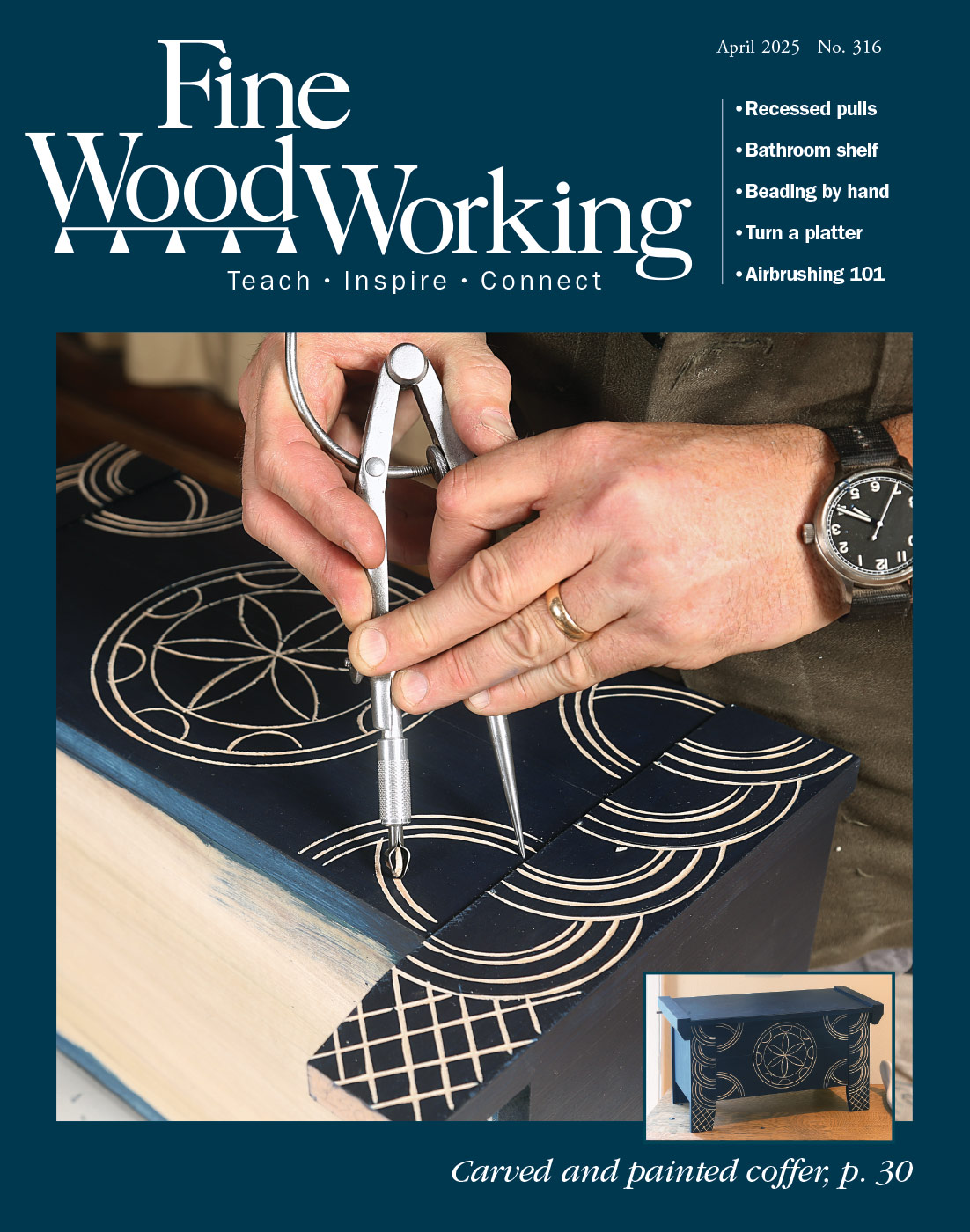
Log in or create an account to post a comment.
Sign up Log in